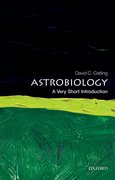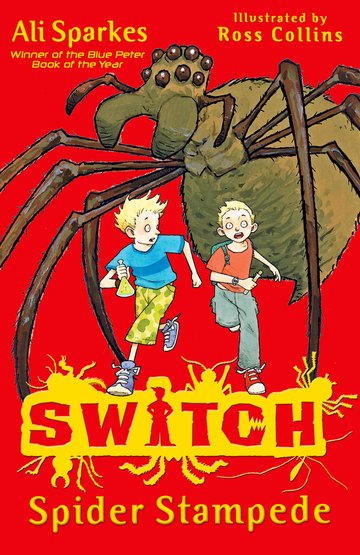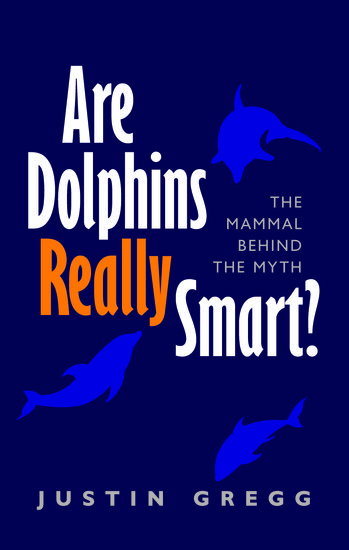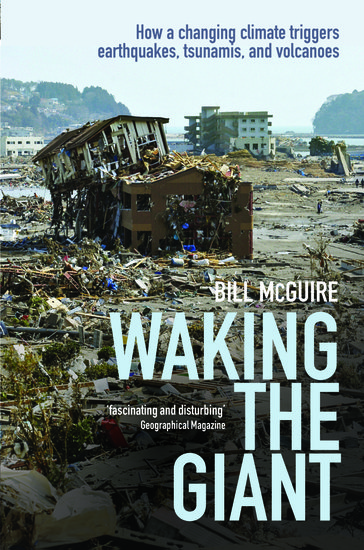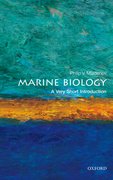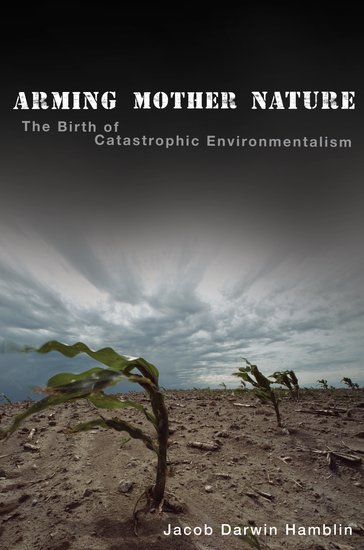On (re-)discovering Alfred Russel Wallace
By George Beccaloni
Two of my greatest passions in life are cockroaches and Alfred Russel Wallace, so I am fortunate to not only be the curator of the London Natural History Museum’s collection of orthopteroid insects, but also the director of the Wallace Correspondence Project.

